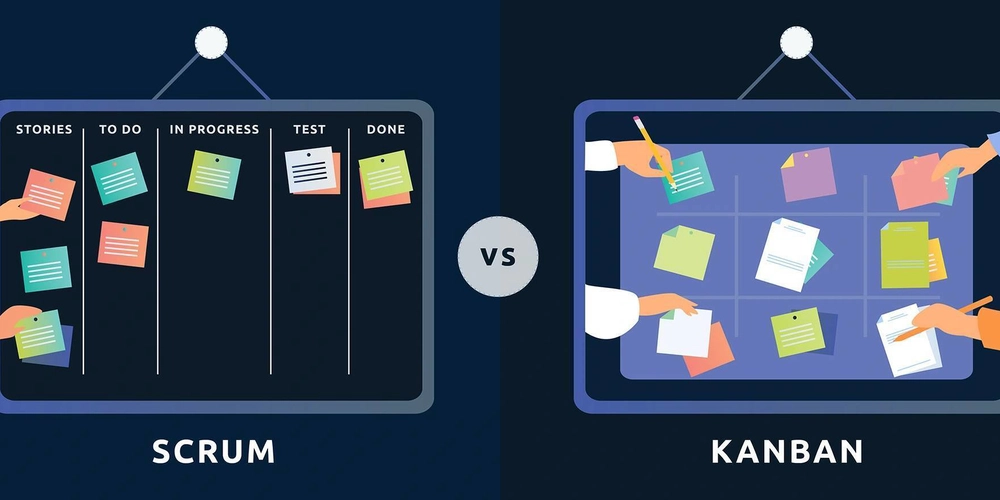Dev
2w
291

Image Credit: Dev
Kanban vs. Scrum: Which One Actually Works Better for Dev Teams?
- Kanban and Scrum are popular Agile frameworks for managing software development projects, each with distinct methodologies.
- Scrum operates with structured sprints and defined roles, while Kanban offers a flexible workflow focusing on visualization and limiting work in progress.
- Choosing between Kanban and Scrum depends on factors like team size, project complexity, and work culture.
- Scrum organizes work into fixed-length iterations known as sprints, promoting collaboration and incremental software delivery.
- Key components of Scrum include sprints, Scrum roles (Scrum Master, Product Owner, Development Team), and daily stand-up meetings.
- Benefits of Scrum include predictability, accountability, continuous improvement, and customer satisfaction.
- Challenges of Scrum may include strict structure, time-consuming meetings, and scope creep issues.
- Kanban focuses on continuous delivery, real-time visualization, limiting work in progress, and flexibility.
- Key components of Kanban include the Kanban board, work-in-progress limits, continuous flow, flexibility, and no fixed roles.
- Benefits of Kanban include flexibility, increased efficiency, continuous delivery, and reduced administrative overhead.
Read Full Article
17 Likes
For uninterrupted reading, download the app